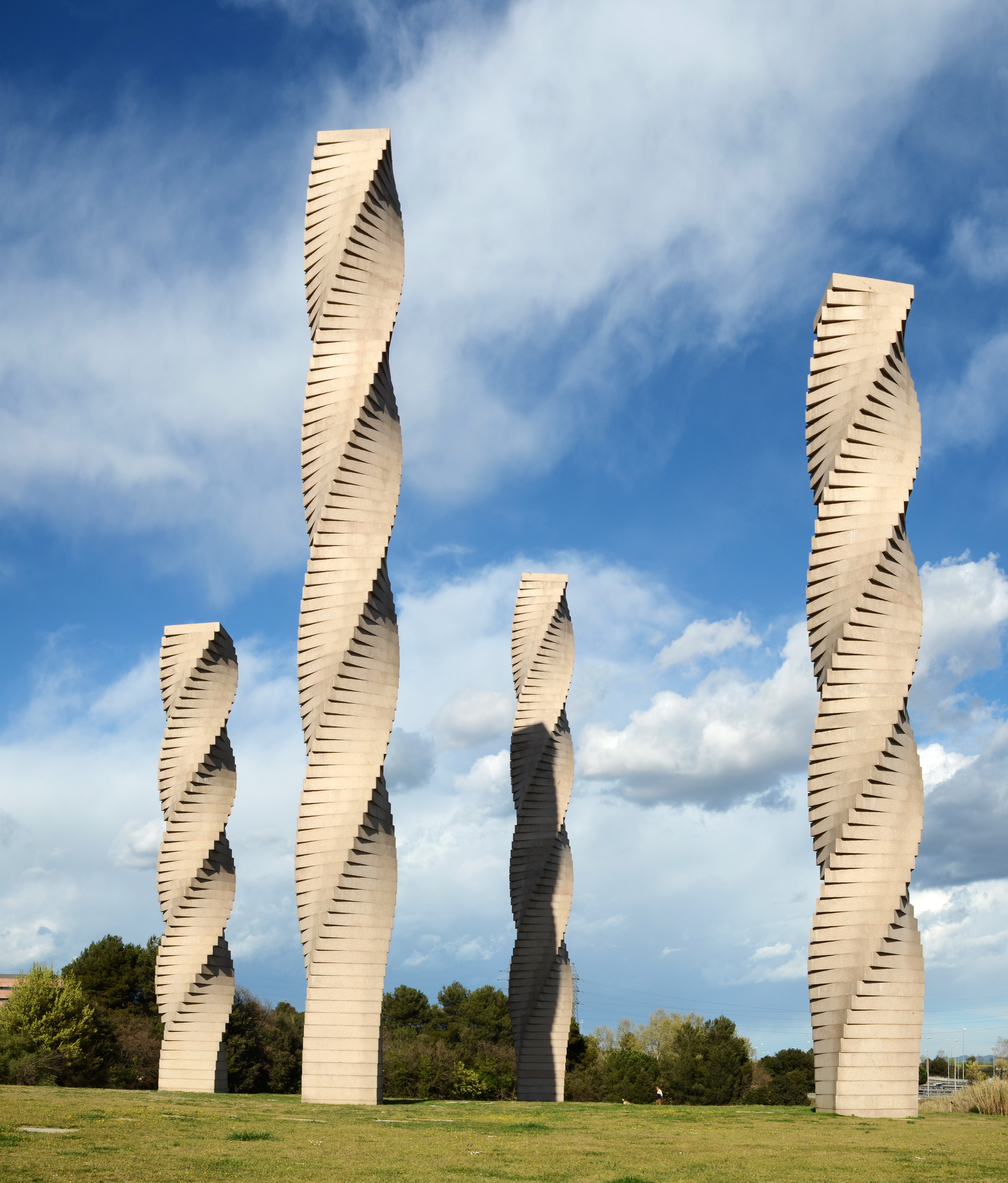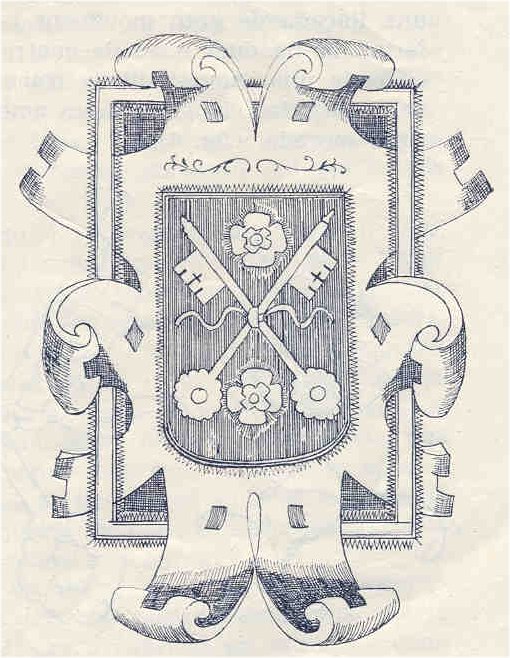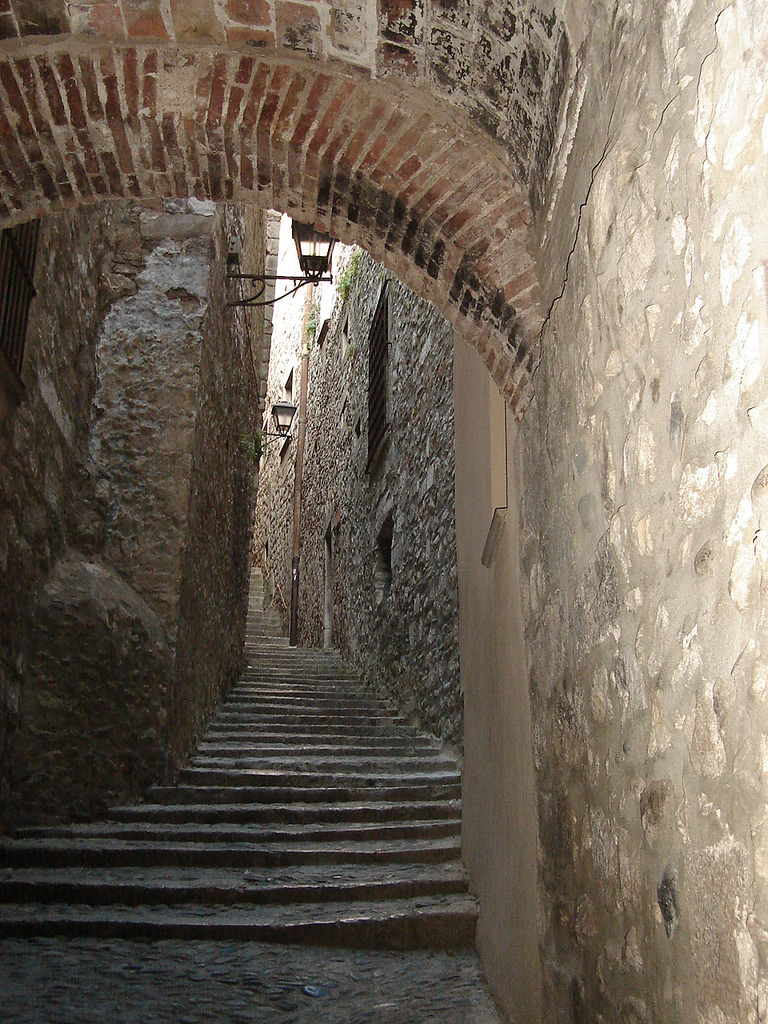|
Autonomous University Of Barcelona
The Autonomous University of Barcelona ( ca, Universitat Autònoma de Barcelona; , es, Universidad Autónoma de Barcelona; UAB), is a public university mostly located in Cerdanyola del Vallès, near the city of Barcelona in Catalonia, Spain. , the university consists of 57 departments in the experimental, life, social and human sciences, spread among 13 faculties/schools. All these centers together award a total of 85 qualifications in the form of first degrees, diplomas, and engineering degrees. Moreover, almost 80 doctoral programs, and more than 80 other postgraduate programs are offered. UAB has more than 40,000 students and more than 3,600 academic and research staff. UAB is a pioneering institution in terms of fostering research. There are many research institutes in the campus, as well as other research centers, technical support services, and service-providing laboratories, and the ALBA (synchrotron) located in the Barcelona Synchrotron Park is very close to UAB. UA ... [...More Info...] [...Related Items...] OR: [Wikipedia] [Google] [Baidu] |
Public University
A public university or public college is a university or college that is in owned by the state or receives significant public funds through a national or subnational government, as opposed to a private university. Whether a national university is considered public varies from one country (or region) to another, largely depending on the specific education landscape. Africa Egypt In Egypt, Al-Azhar University was founded in 970 AD as a madrasa; it formally became a public university in 1961 and is one of the oldest institutions of higher education in the world. In the 20th century, Egypt opened many other public universities with government-subsidized tuition fees, including Cairo University in 1908, Alexandria University in 1912, Assiut University in 1928, Ain Shams University in 1957, Helwan University in 1959, Beni-Suef University in 1963, Zagazig University in 1974, Benha University in 1976, and Suez Canal University in 1989. Kenya In Kenya, the Ministry of Ed ... [...More Info...] [...Related Items...] OR: [Wikipedia] [Google] [Baidu] |
University Of Barcelona
The University of Barcelona ( ca, Universitat de Barcelona, UB; ; es, link=no, Universidad de Barcelona) is a public university located in the city of Barcelona, Catalonia, in Spain. With 63,000 students, it is one of the biggest universities in Spain. It is one of the oldest universities in both Catalonia and Spain, established in 1450. It is considered one of the best universities in Spain. Overall, the UB has been ranked 1st in Spain in most of the 2022-2023 rankings and is located around the 50th place in Europe. It has 106 departments and more than 5,000 full-time researchers, technicians and research assistants, most of whom work in the 243 research groups as recognized and supported by the Government of Catalonia. In 2010, the UB was awarded 175 national research grants and 17 European grants and participated in over 500 joint research projects with the business sector, generating an overall research income of 70 million euros. The work of these groups is overseen by th ... [...More Info...] [...Related Items...] OR: [Wikipedia] [Google] [Baidu] |
C-58 Highway (Spain)
C-58 is a Spanish motorway that starts in Barcelona ( Nus de la Trinitat) and ends in Terrassa, crossing Cerdanyola del Vallès, Sabadell and other cities which are part of the Barcelona metropolitan area. It is {{Convert, 25, km, mi long and connects with the toll highway C-16 highway (Spain). Despite its shortness, it is the most-transited motorway in Catalonia and one of the most-transited highways in Spain. It is also the first highway that has implemented a new HOV Lane (in Spanish, Carril Bus-VAO), which was inaugurated on 29 October 2012. After Terrassa, it continues as a conventional highway to Manresa Manresa () is the capital of the Comarca of Bages, located in the geographical centre of Catalonia, Spain, and crossed by the river Cardener. It is an industrial area with textile, metallurgical, and glass industries. The houses of Manresa are ..., parallel to the C-16 highway. Roads in Catalonia ... [...More Info...] [...Related Items...] OR: [Wikipedia] [Google] [Baidu] |
Autopista AP-7
The ''Autopista AP-7'' (also called ''Autopista del Mediterráneo'') ( ca, Autopista de la Mediterrània) is a Spanish Highways in Spain, autopista (controlled-access highway). It runs along the Mediterranean coast of Spain. AP-7 has two different sections (911+96 km): * From Els Límits (in La Jonquera municipality) to Vera, Almería, Vera: 911 km long. Main cities passed: ** Figueres ** Girona ** Sabadell ** Barcelona ** Tarragona ** Reus ** Salou ** Amposta ** Castelló de la Plana ** Sagunt ** València, Spain, Valencia ** Gandia ** Dénia ** Benidorm ** Alacant ** Elx ** Cartagena, Spain, Cartagena * From Málaga to Guadiaro (town), Guadiaro: 96 km long. Main cities passed: ** Torremolinos ** Benalmádena ** Fuengirola ** Marbella ** Estepona Junctions {, class="wikitable" , - align="center" bgcolor="#19408B" style="color:white;font-size:120%;" , colspan="3" , Autopista AP-7 junctions , - !scope=col, Southbound exits !scope=col, Junction !scope=col, No ... [...More Info...] [...Related Items...] OR: [Wikipedia] [Google] [Baidu] |
Rodalies De Catalunya
Rodalies de Catalunya (, ; "Commuter Rail of Catalonia") is the main commuter and regional rail system in the Spanish autonomous community of Catalonia. It is administered by the Government of Catalonia and operated by the national rail operator Renfe Operadora. The system consists of 17 service lines chiefly centered in the Barcelona area, serving a total of 203 stations throughout Catalonia, with an average number of 1,000 trains running on it every day. In 2016, it had an annual ridership of 117 million. Most part of the system is the precursor of several commuter and regional lines running on the Iberian gauge mainline network in Catalonia, which were formerly under the administration of the Spanish government. On , as a result of the transfer of the administration of the Cercanías commuter rail system for Barcelona, known in Catalan as Rodalies Barcelona, the system was renamed "Rodalies de Catalunya". One year later, Renfe's regional rail services within Catalonia w ... [...More Info...] [...Related Items...] OR: [Wikipedia] [Google] [Baidu] |
Ferrocarrils De La Generalitat
Ferrocarrils de la Generalitat de Catalunya (, "Catalan Government Railways"), or FGC, is a railway company which operates several unconnected lines in Catalonia, Spain. The lines operated include metro and commuter lines in and around the city of Barcelona, tourist mountain railways, and rural railway lines. They include of gauge route, of route, of route, and of broad gauge route, making the FGC one of the few railway companies to operate on four different gauges. Whilst most lines are conventional adhesion railways, the FGC also operates two rack railways and four funicular railways. In 2018, the network carried 87.2 million passengers. History FGC was founded on 5 September 1979 to manage lines whose ownership was transferred from the state-owned FEVE to the Generalitat of Catalonia in 1978 as part of the process of regional devolution under the Spanish Constitution of 1978. Its oldest line, the standard gauge '' Línia Barcelona-Vallès'' however dates back to 18 ... [...More Info...] [...Related Items...] OR: [Wikipedia] [Google] [Baidu] |
Reus
Reus () is the capital of Baix Camp, in the province of Tarragona, in Catalonia, Spain. The area has always been an important producer of wines and spirits, and gained continental importance at the time of the Phylloxera plague. Nowadays it is known for its commercial activity, for being a centre for rock-climbing and as the birthplace of architect Antoni Gaudí. Name The origin of the name is a source of discussion. One of the theories is that Reus comes from the Latin word used to describe convict prisoners (''reus''), and as such, it would be a Roman penitentiary. Currently, the most accepted theory is that the name has Celtic roots, from the root ''red'' that originated the name ''redis'' (or ''reddis''), that would approximately mean ''place in the way'' / ''place in the roads'', or said alternatively, an inhabited place in a cross-road. History Foundation and early history Around 1150 Robert d'Aguiló repopulated the region of Reus, after receiving it on 3 June 1154. ... [...More Info...] [...Related Items...] OR: [Wikipedia] [Google] [Baidu] |
Girona
Girona (officially and in Catalan language, Catalan , Spanish: ''Gerona'' ) is a city in northern Catalonia, Spain, at the confluence of the Ter River, Ter, Onyar, Galligants, and Güell rivers. The city had an official population of 103,369 in 2020. Girona is the capital of the province of Girona, province of the same name and also capital of the ''Comarques of Catalonia, comarca'' of the Gironès and the vegueria of Girona. Since much of the old quarter of this ancient city has been preserved, Girona is a popular destination for tourists, and film productions have used it as a filming location (e.g. ''Game of Thrones''). The city is located northeast of Barcelona. History The first historical inhabitants in the region were Iberians; Girona is the ancient Gerunda, a city of the Ausetani. Later, the Ancient Rome, Romans built a citadel there, which was given the name of ''Gerunda''. The Visigoths ruled in Girona until it was conquered by the Moors in 715. Charlemagne reconquere ... [...More Info...] [...Related Items...] OR: [Wikipedia] [Google] [Baidu] |
Sant Cugat Del Vallès
Sant Cugat del Vallès (; es, San Cugat del Vallés, link=no) is a town and municipality north of Barcelona, Catalonia, Spain. Known as ''Castrum Octavianum'' in antiquity (which literally means ''the castle of Octavianus'') and as ''Pins del Vallès'' during the Second Spanish Republic, it is named after Saint Cucuphas, who is said to have been martyred on the spot now occupied by its Monastery of Sant Cugat, medieval monastery. The final part of its toponym, ''del Vallès'', is a reference to the historical county where the town is situated, Vallès. Description In addition to the monastery, the town's other notable buildings include the School of Architecture of the Vallès and the Centre d'Alt Rendiment (CAR, Transliteration, translit. High Performance Centre), a famous centre for professional sport training. Sant Cugat has become an affluent suburb of Barcelona due to its location (only 20 kilometres from the city), its natural surroundings, and its pedestrian shopping ... [...More Info...] [...Related Items...] OR: [Wikipedia] [Google] [Baidu] |
Terrassa
Terrassa (, es, Tarrasa) is a city in the east central region of Catalonia, Spain, in the province of Barcelona, ''comarca'' of Vallès Occidental, of which it is the co-capital along with Sabadell. The name ''Terrassa'' derives from Latin ''Terracia'', either from earlier ''Terracium castellum'' (“earthen castle”), or meaning "terrace", "area of flat land". It is the site of Roman Egara, a former Visigothic bishopric, which became a Latin Catholic titular see. Since 2004, it is again the see of a bishopric. The city is located in the Catalan Prelitoral depression (Depressió Prelitoral), at the feet of the Prelitoral mountain range (Natural reserve of Sant Llorenç del Munt) and the average altitude of the city is 277 meters above sea level. It is 20 and 18 kilometres from Barcelona and Montserrat respectively. Terrassa is the third largest city in the province of Barcelona, after Barcelona and L’Hospitalet. History The remains that have been found indicate that ... [...More Info...] [...Related Items...] OR: [Wikipedia] [Google] [Baidu] |
Sabadell
Sabadell () is a city in Catalonia, Spain. It is in the south of the ''comarca'' of Vallès Occidental and its joint capital (co-capital), on the River Ripoll, north of Barcelona. Sabadell is located above sea level. Sabadell pioneered the Industrial Revolution in Catalonia with its textile mills, together with its archrival Terrassa. Thus, in the mid-19th century, it became the most important wool city in Spain, being nicknamed the "Catalan Manchester#Industrial Revolution, Manchester". Today many mills from that period can still be seen, with most of them having been refurbished as residential buildings or other services. Nowadays Sabadell is basically a commercial and industrial city; there are no significant agricultural activities. Sabadell is an important communications point. Two motorways run beside the city: the C-58 (from Barcelona to Manresa) and the Autopista AP-7, AP-7 (from France and Girona to Tarragona, Valencia, Spain, Valencia, and Andalusia), and some roads l ... [...More Info...] [...Related Items...] OR: [Wikipedia] [Google] [Baidu] |








